Why You Shouldn’t Eat After 8pm?
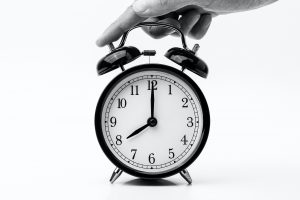 How many times have you heard you shouldn’t eat after 8pm? I’ve heard a lot of reasons, one of which is the most popular, but definitely not true. That reason is that the food digests and since you’re not moving, immediately turns to fat. There is a type of logic to that, but you have to remember, no matter when you eat it, a calorie is still a calorie and if you eat 3500 more calories than you burn, you’ll gain a pound. It doesn’t matter when you eat it.
How many times have you heard you shouldn’t eat after 8pm? I’ve heard a lot of reasons, one of which is the most popular, but definitely not true. That reason is that the food digests and since you’re not moving, immediately turns to fat. There is a type of logic to that, but you have to remember, no matter when you eat it, a calorie is still a calorie and if you eat 3500 more calories than you burn, you’ll gain a pound. It doesn’t matter when you eat it.
What’s the link to nighttime eating and weight gain?
If you’re prone to snacking at night after 8 pm, there are two problems. The first is that you’re extending the amount of time you eat. Studies show if you limit your window for eating, you’ll eat less, even if you’re not trying to lose weight. Intermittent fasting is based on that fact. Intermittent fasting can be fasting for a day or two or fasting for 16 hours and eating during the other 8 hours. Studies show that people who do this, eat less.
Eating after 8 pm can have health consequences.
If you find you have a runny nose frequently, sinus infections, sour mouth, digestive issues, chest pain and even more dental carries, AND you frequently eat right before bed, you might have acid reflux. Acid reflux can cause stomach acid to splash back due to an improperly functioning or weak sphincter muscle. It can damage the esophagus, causing it to narrow and more recently, has been found to be the cause of chronic sinus infections. Obesity plays a role in it too, so if you put on weight from eating at night, you’ll make it even worse.
Most late night snacks aren’t exactly models of healthy eating.
If it’s 11 or 12 pm and you’re hankering for a snack, you probably won’t take the time to create a healthy one. Most people raid the refrigerator or cupboard, looking for something that’s quick. While some may opt for fruits or vegetables, most opt for snack foods like chips, cookies and cake. There are some people that have to eat, or they can’t fall asleep. If you don’t have enough calories, there’s an instinct to stay awake and look for food. Food high in tryptophan can help create niacin, which is necessary for serotonin that helps you sleep.
- If you’re in the group that can’t sleep without food in your stomach, be prepared with healthy options that are higher in protein. Have deviled eggs, cheese, chicken slices or veggies with Greek yogurt dip.
- Other foods that will help improve your sleep are those with magnesium. Magnesium helps relax smooth muscle tissue and reduces stress hormones. Both help you fall asleep faster.
- Eating at night can also cause digestive upsets. While the calories don’t just go to fat, your digestion does slow down when you sleep. It’s also a time when the tissues repair.
- Eating fatty meals and snacks before bed can also affect your digestive system. Saturated fat can also affect your sleep in a negative manner. It causes an interruption of NREM sleep, which is the first stage of sleep.
For more information, contact us today at LIV Fitness

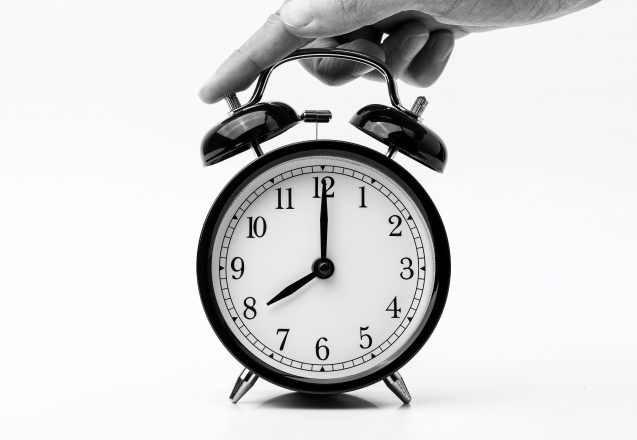
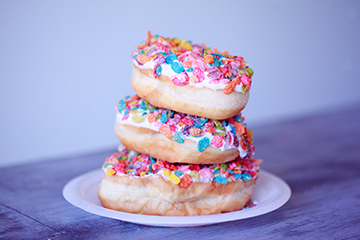
 If you’re working out regularly at LIV Fitness in Dublin, CA, it’s pretty obvious you care about your health. I talk to many clients who tell me they also work hard to eat healthy, too. One of the most asked questions is about sugar and what the maximum daily sugar intake should be. In other words, how much is too much sugar? One problem is that today, many foods you might not suspect contain sugar. It’s hidden in everything from ketchup to flavored yogurt.
If you’re working out regularly at LIV Fitness in Dublin, CA, it’s pretty obvious you care about your health. I talk to many clients who tell me they also work hard to eat healthy, too. One of the most asked questions is about sugar and what the maximum daily sugar intake should be. In other words, how much is too much sugar? One problem is that today, many foods you might not suspect contain sugar. It’s hidden in everything from ketchup to flavored yogurt.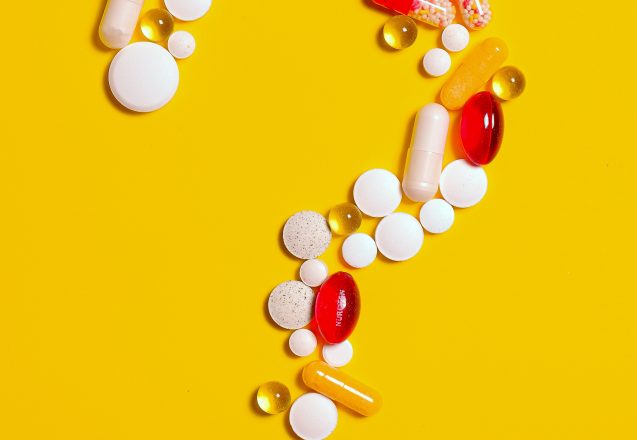
 If you’ve considered using protein supplements to build muscle or simply want a quick source of protein, you probably have questioned whether they’re a good investment or even if they can be dangerous. First, the answer depends on who is taking them. Some people take protein supplements to build more muscle tissue, but then fail to eat healthy, thinking the protein supplement was enough. Healthy eating should always be the first line of action for building muscle or balancing your diet.
If you’ve considered using protein supplements to build muscle or simply want a quick source of protein, you probably have questioned whether they’re a good investment or even if they can be dangerous. First, the answer depends on who is taking them. Some people take protein supplements to build more muscle tissue, but then fail to eat healthy, thinking the protein supplement was enough. Healthy eating should always be the first line of action for building muscle or balancing your diet.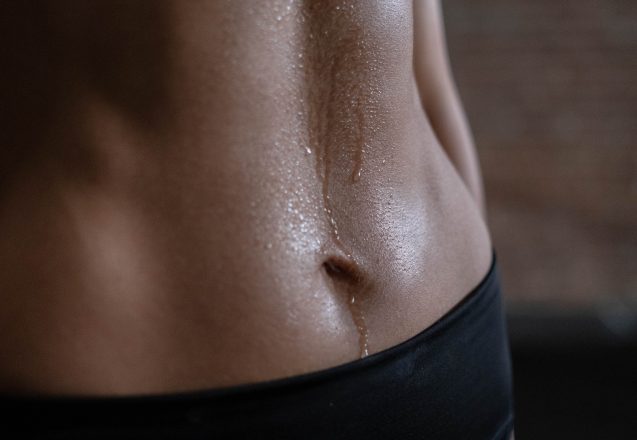
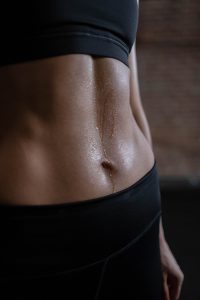 Workouts for a flat stomach target the abs and help tone the muscles. However, it’s important to remember that no matter how much you work those abs and core muscles or how toned they get, if the muscle is covered with a layer of fat, you won’t get the results you want. Even worse, visceral fat can make your abdomen large. Visceral fat is belly fat and the hardest to lose. It’s also the most dangerous since it crowds the organs.
Workouts for a flat stomach target the abs and help tone the muscles. However, it’s important to remember that no matter how much you work those abs and core muscles or how toned they get, if the muscle is covered with a layer of fat, you won’t get the results you want. Even worse, visceral fat can make your abdomen large. Visceral fat is belly fat and the hardest to lose. It’s also the most dangerous since it crowds the organs.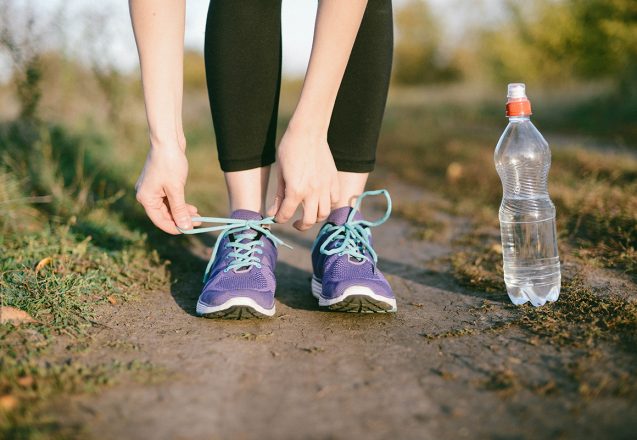
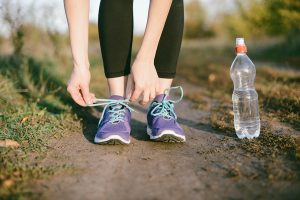 It’s not always easy to fit in 10,000 steps a day, but there are a few hacks that can help you boost the activity each day. It’s not about the actual number of steps, but a way to track your progress and a goal for you to achieve. Having a goal can be a real motivator. When you first start working toward 10,000 steps, you’ll probably find it’s not as easy as you thought, particularly if you live a sedentary life or have a job that keeps you almost chained to a desk. Here are a few ways to boost your steps every day.
It’s not always easy to fit in 10,000 steps a day, but there are a few hacks that can help you boost the activity each day. It’s not about the actual number of steps, but a way to track your progress and a goal for you to achieve. Having a goal can be a real motivator. When you first start working toward 10,000 steps, you’ll probably find it’s not as easy as you thought, particularly if you live a sedentary life or have a job that keeps you almost chained to a desk. Here are a few ways to boost your steps every day.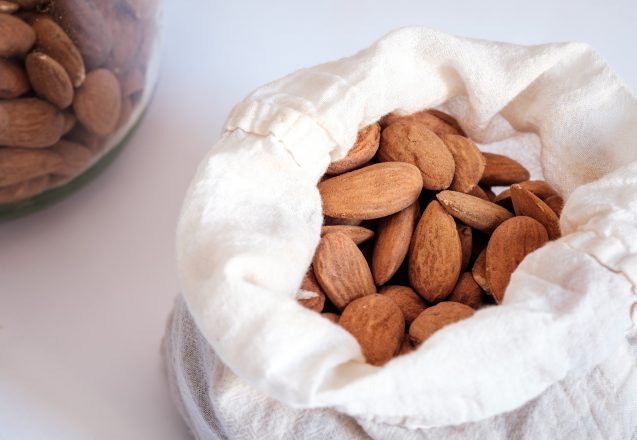
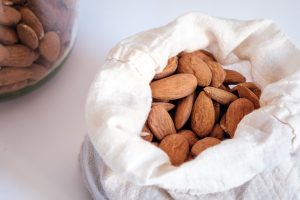 If you use any of the online programs at LIV Fitness in Dublin, CA, make sure you use the meal planning app if you want to find snacks that keep you fuller longer. Meal planning isn’t just about three meals a day, but also includes snacks to help you make it through the morning and afternoon so you don’t overeat at meals or binge on candy bars you purchased when you bought gas. Snacks to fill you up and keep you feeling full should contain fiber, fat and/or protein with little or no added sugar if you want a feeling of satiety.
If you use any of the online programs at LIV Fitness in Dublin, CA, make sure you use the meal planning app if you want to find snacks that keep you fuller longer. Meal planning isn’t just about three meals a day, but also includes snacks to help you make it through the morning and afternoon so you don’t overeat at meals or binge on candy bars you purchased when you bought gas. Snacks to fill you up and keep you feeling full should contain fiber, fat and/or protein with little or no added sugar if you want a feeling of satiety.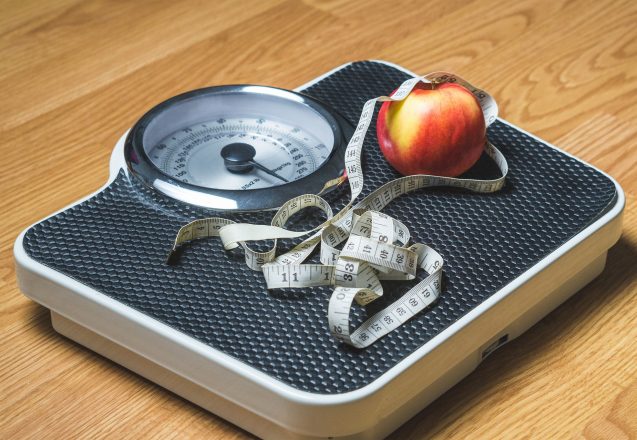
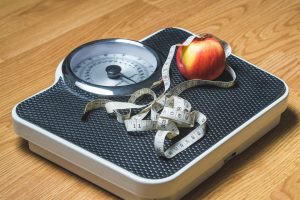 There are a lot of ways to lose weight. Some ways are healthy and encouraged. Other ways are not healthy or due to illness, like a bout of the stomach flu that can make you lose lots of water weight. Answering the amount of weight you can lose per week will be based solely on healthy ways to shed weight, not the unhealthy ones, since that amount varies and not desirable.
There are a lot of ways to lose weight. Some ways are healthy and encouraged. Other ways are not healthy or due to illness, like a bout of the stomach flu that can make you lose lots of water weight. Answering the amount of weight you can lose per week will be based solely on healthy ways to shed weight, not the unhealthy ones, since that amount varies and not desirable.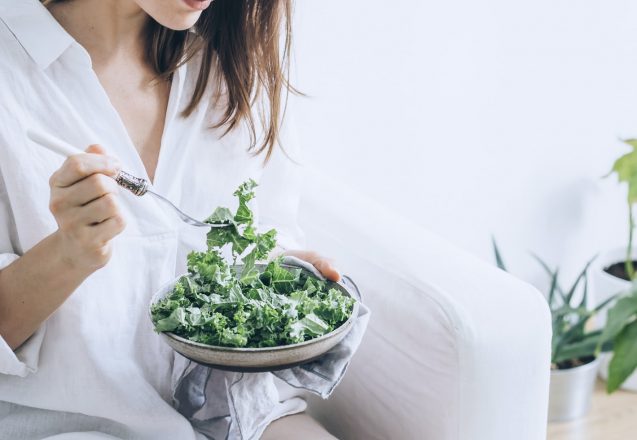
 In almost every restaurant in Dublin, CA that offers complete meals, the waitress or waiter serves the salad first. Health wise, should you eat a salad before your meal, with your meal or should you eat it after the main course. It’s traditional in America, but not necessarily in other countries. Since the brain doesn’t release leptins, the hormones that make you feel full, immediately, if you want to lose weight, it only makes sense to fill up on lower calorie foods, saving the main dish and dessert for last. However, other countries serve salads at different points in the meal for very good reasons.
In almost every restaurant in Dublin, CA that offers complete meals, the waitress or waiter serves the salad first. Health wise, should you eat a salad before your meal, with your meal or should you eat it after the main course. It’s traditional in America, but not necessarily in other countries. Since the brain doesn’t release leptins, the hormones that make you feel full, immediately, if you want to lose weight, it only makes sense to fill up on lower calorie foods, saving the main dish and dessert for last. However, other countries serve salads at different points in the meal for very good reasons.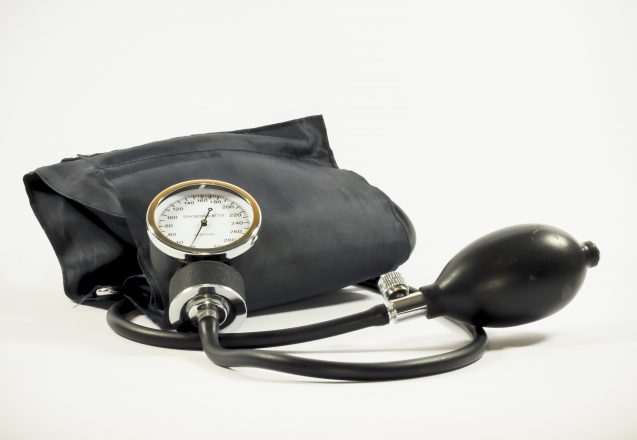
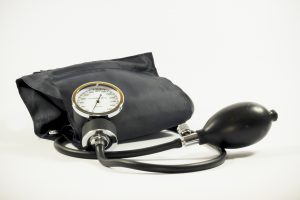 What is the DASH Diet? DASH is an acronym for Dietary Approaches to Stop Hypertension. It’s part of the lifestyle changes to make to help lower blood pressure naturally, without medication or in conjunction with medication to help prevent it from getting worse. It’s not really a diet, but more of a change of eating habits. The research was sponsored by the National Institute of Health
What is the DASH Diet? DASH is an acronym for Dietary Approaches to Stop Hypertension. It’s part of the lifestyle changes to make to help lower blood pressure naturally, without medication or in conjunction with medication to help prevent it from getting worse. It’s not really a diet, but more of a change of eating habits. The research was sponsored by the National Institute of Health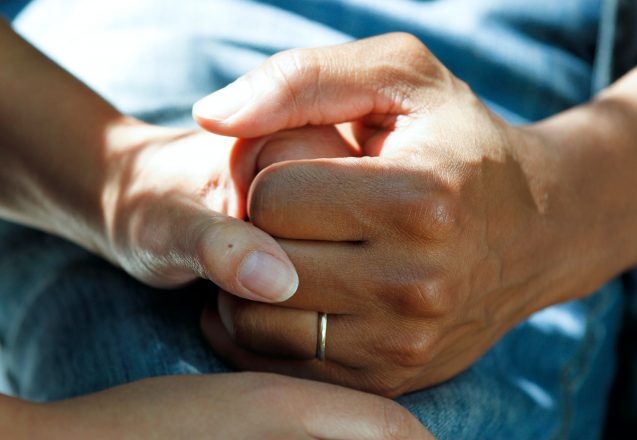
 Your diet can dictate your risk for many things. It can even help prevent certain diseases, like Type2 diabetes, high blood pressure and high cholesterol levels. It may even help prevent Alzheimer’s, but the study of diet and loss of mental abilities is still in its infancy. In fact, one important study on the eyes and diet actually laid the groundwork for future studies. Generally, they found that people who ate a Mediterranean style diet were less prone to have mental decline.
Your diet can dictate your risk for many things. It can even help prevent certain diseases, like Type2 diabetes, high blood pressure and high cholesterol levels. It may even help prevent Alzheimer’s, but the study of diet and loss of mental abilities is still in its infancy. In fact, one important study on the eyes and diet actually laid the groundwork for future studies. Generally, they found that people who ate a Mediterranean style diet were less prone to have mental decline.